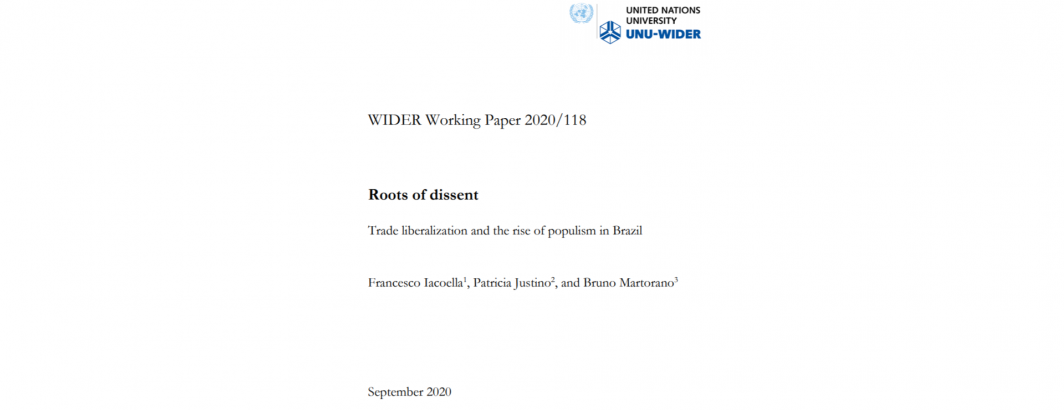
This fascinating study uses GDELT's protest intensity data in its examination of populism and trade liberalization in Brazil:
This paper investigates the long-term impact of economic shocks on populism, by exploiting a natural experiment created by the trade liberalization process implemented in Brazil between 1990 and 1995. This high impact and low duration event generated a profound shock to the economy with, we argue, long term implications for political outcomes. We focus on the 2002 and 2018 presidential elections in Brazil, which resulted in the election of a left-wing and a rightwing populist president, respectively. The results show that trade reforms explain the rise of populism in Brazil during the last two decades. Microregions with larger tariff cuts in the early 1990s had significantly higher preferences for Lula in 2002 and were also more likely to support Bolsonaro in 2018. The link between trade liberalization and populism is mediated by austerity in both cases. The shift between left-wing and right-wing preferences is driven by the supply side of populism, whereby each leader took advantage of existing cleavages in the country at the time of their election—driven by inequality in the case of Lula and by insecurity and corruption in the case of Bolsonaro—to develop narratives against austerity that would appeal to their target audiences.